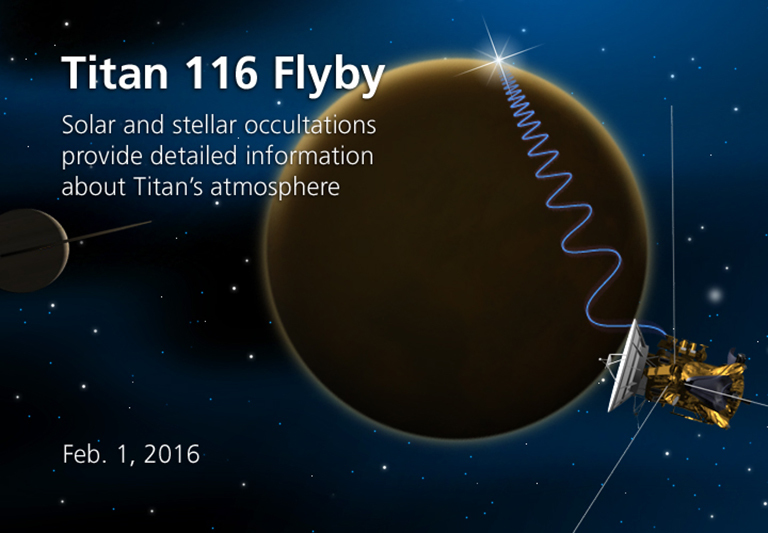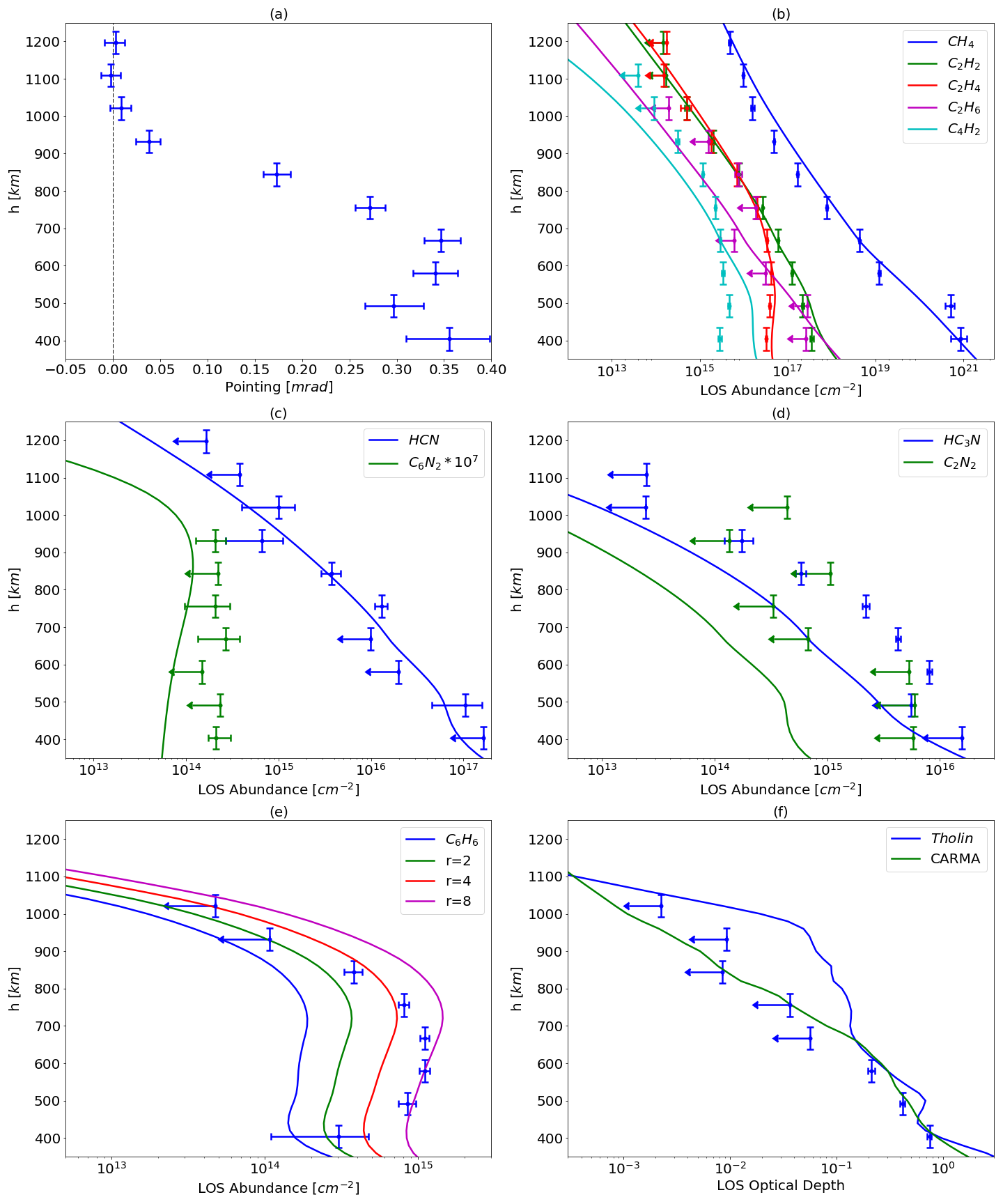时间……….....周三, 2018年2月28日, 下午 03:30-05:00 地点…….........物理大楼 北 415 讲座嘉宾….. ..范斯腾(加州理工学院 博士生) 讲座题目…….基于卡西尼掩星观测的土卫六-泰坦大气中的碳氢化合物和腈类物质
讲座摘要:
Hydrocarbon and nitrile species in Titan’s upper atmosphere were observed in Cassini UVIS stellar occultations during the mission lifetime. Pointing motion, however, impaired the analysis process and only three occultations have been published to date. The majority of the occultations are accurately analyzable, but require special treatment. To address the problem, an innovative analytic method correcting the effect of pointing motion, has been developed using forward modeling of the Cassini/UVIS instrument spectral response function. The Markov Chain Monte-Carlo (MCMC) method has been applied to the analysis by including pointing in the absorbing species vectors as parameters in the spectral fitting process. LOS (line-of-sight) abundances of thirteen species are used in the analysis (N2, CH4, C2H2, C2H4, C2H6, HCN, C4H2, C6N2, C6H6, tholin, HC3N, C2N2, NH3). Profiles of eleven species have been constrained with the exception of N2 and NH3. Detection of C6N2, and an upper limit on C2N2 have been obtained. Reductions for thirteen occultations have been obtained, most of which have never been analyzed because of pointing motion. The new results can provide a (highly interpolated) 2-D regional map of hydrocarbon and nitrile species in Titan’s upper atmosphere.

Figure 1. Geometry of Titan’s stellar occultation. (NASA/JPL)
 Figure 2. Vertical profiles of all retrieved parameters. (a) Pointing position (αz) with uncertainties. (b)-(e) LOS abundances of species. (f) Averaged LOS optical depth of tholin across a spectrum range of 1850-1900Å. (Fan et al., under review )
Figure 2. Vertical profiles of all retrieved parameters. (a) Pointing position (αz) with uncertainties. (b)-(e) LOS abundances of species. (f) Averaged LOS optical depth of tholin across a spectrum range of 1850-1900Å. (Fan et al., under review )
讲座嘉宾介绍:
Siteng Fan is a third-year graduate student in Planetary Science at California Institute of Technology. He obtained B.S. in Space Science and Technology at Peking University in 2015. Siteng is currently working with Prof. Yuk L. Yung on planetary atmospheres, including data analysis and modeling of atmospheres on icy world (e.g. Titan, Pluto and Europa). For more information of CV, publication and presentations, please visit his website at web.gps.caltech.edu/~stfan


